7 Useful Tips And Tricks For Shooting Exciting Urban Landscapes
Shooting the urban landscape is exciting because a lot of things can happen in the city – all at the same time.
You’ll catch different activities depending on the time of day and the area where you’re shooting. Moreover, you’ll find a lot of interesting things to shoot in the city because of its fast paced environment.
Sometimes, however, because of the vast opportunities it presents to photographers, shooting an urban landscape can become a little daunting. It will be difficult to decide which scenes to shoot, or which times of the day you should go out. Little things become major concerns because of the many options you need to choose from. This is why you need to know what to do before you go out to shoot some city scenes.
Tips for Shooting Urban Landscapes
Here are 7 great tips and tricks to help you start shooting stunning urban landscape photos.
Get a feel of the place
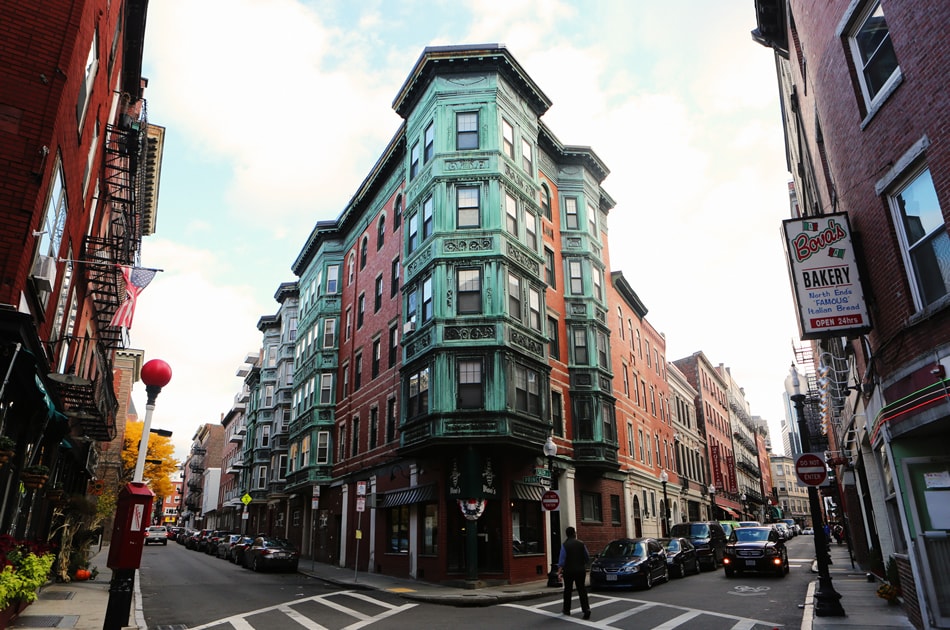
Go around the city first before you start clicking your camera. You don’t have to familiarize every nook and cranny of the place; simply go around so you’ll find ideas about what to shoot. Which locations strike you the most? What does the city mean to you? How do you feel about the city? This will help you capture good scenes of the metro.
Here’s an example: You go around the city and find a small street that’s filled with children playing in the middle of the day. Once the children return to their homes, however, the street becomes eerily quiet. If you feel strongly about children, and also like the mysterious vibe of the street, you’ll want to take two photos of this location: one in the middle of the day, when the children are playing; and another one at night, when the street is deserted.
Look for scenes that can help you create stories
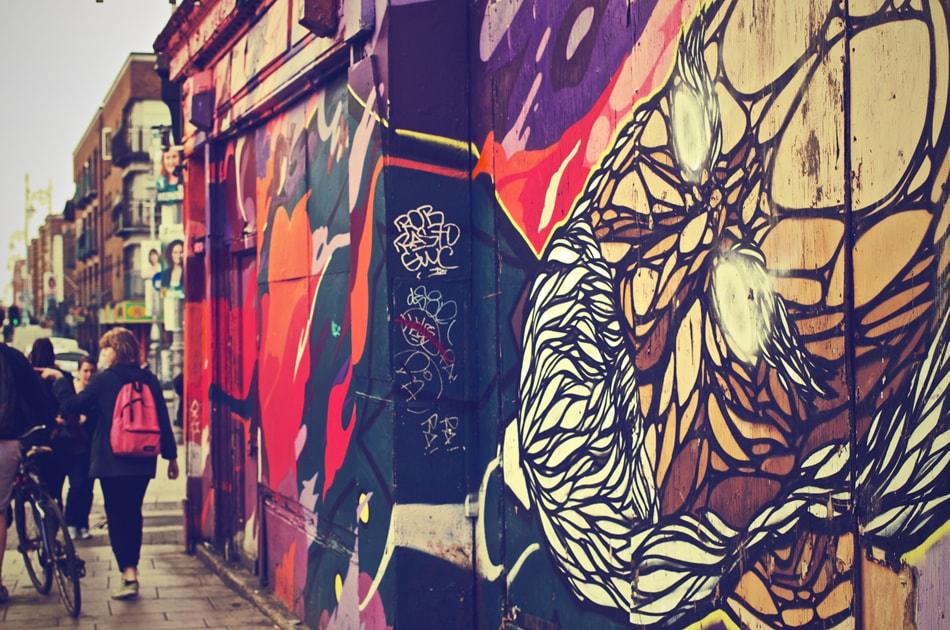
This is one of the things that urban make landscape photography exciting. You get to tell a lot of stories. It can be a simple one like an office worker hurrying off to work, or two little girls walking to school. You can also shoot a scene at the park. Or, you can be a little more poetic by taking a photo of a crack on the wall of a tall building, or shadows of workers relaxing at the end of the day.
Don’t be afraid to stray away from the familiar
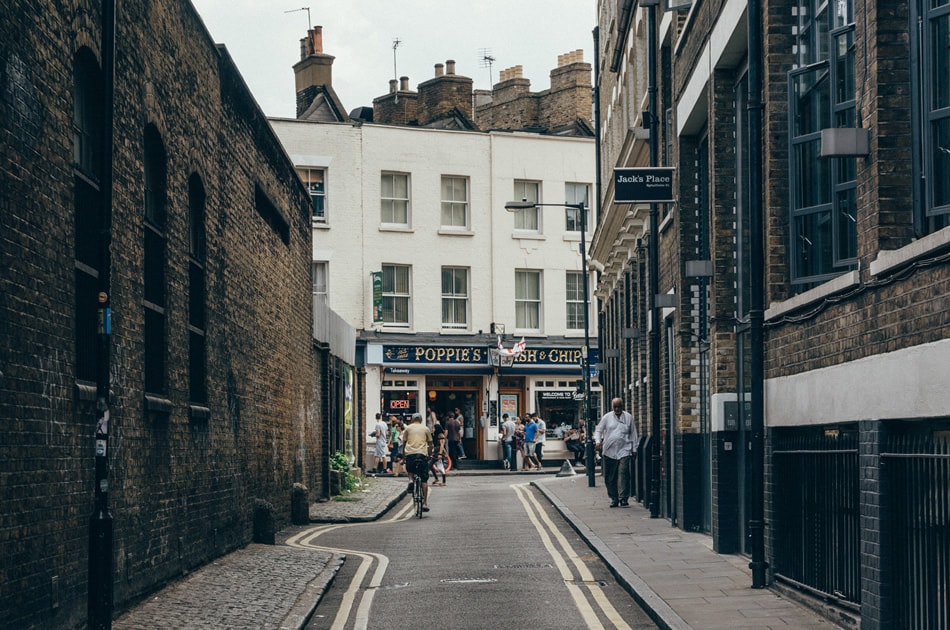
Do not go directly to the city center. Instead, take time to explore the small streets and busy corners, and even the suburbs. You’ll find a lot of interesting scenes in these areas. There may even be suburbs where you’ll find a mix of rundown buildings and new structures under construction. This makes for an interesting contrast photography subject. Telling stories with your photos will be easy if you have the courage to try the unfamiliar.
Tell a story in a different way
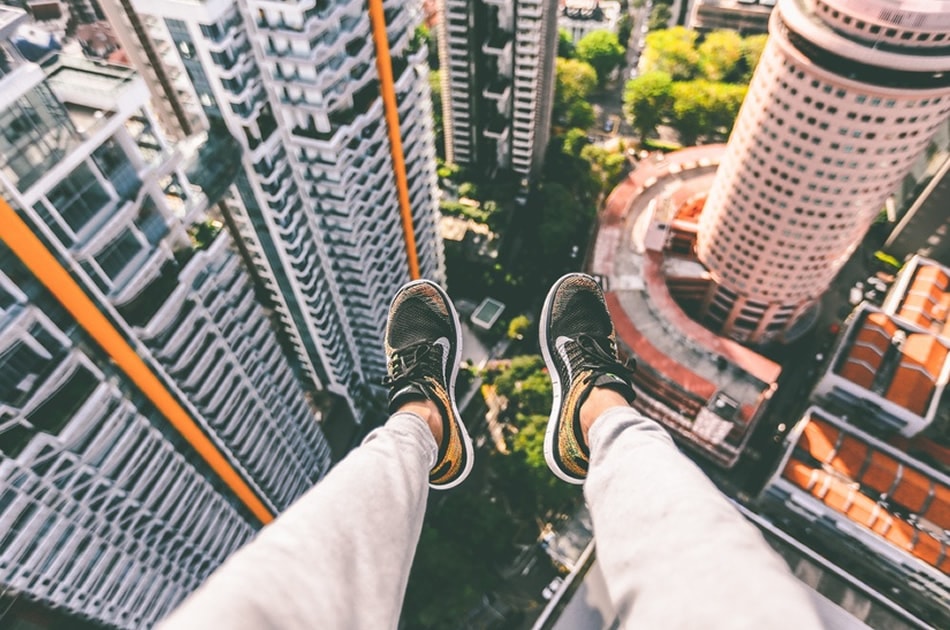
There are urban places with structures or areas that are already familiar, especially to travellers. What you need to do is present these in an entirely different light. So, for example, instead of taking a photo of the Eiffel Tower the way most people would do, you can take a shot of it from a different angle. You can shoot a bird’s eye view (using a drone) or choose to take a shot of it while lying on the ground. Use your creative freedom well.
Shoot early in the morning or at twilight
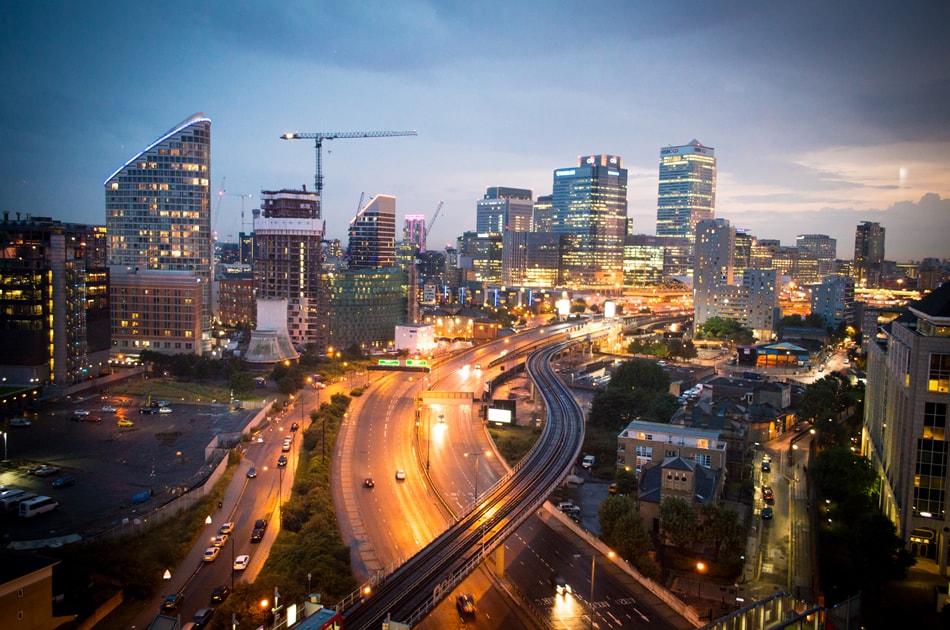
Early mornings are best if you want some quiet scenes, or if you want to capture the hustle and bustle of city life as it prepares for a brand new day. At this time of day, the streets will be clean, free of people, and will present a different set of activities as compared to night scenes. For example, at 6am, the streets of the city center will be quiet and almost empty. There will be very few people walking or driving around. At 8am, the streets will be filled with cars and people trying to get to their appointments on time.
At twilight, the city scene changes. The sky becomes a little more colorful, what with all the lights in the buildings and the streets. Look at the city skyline and find a way to capture it along with the activities happening. You’ll need a good tripod to set up for a cityscape shot. First off, though, you need to identify which scenes or shots you are going to take. Remember, the golden hour period does not last forever. It goes on for only a few minutes. Don’t waste that little time you have trying to decide what to shoot; be prepared before going to your location.
Experiment with angles
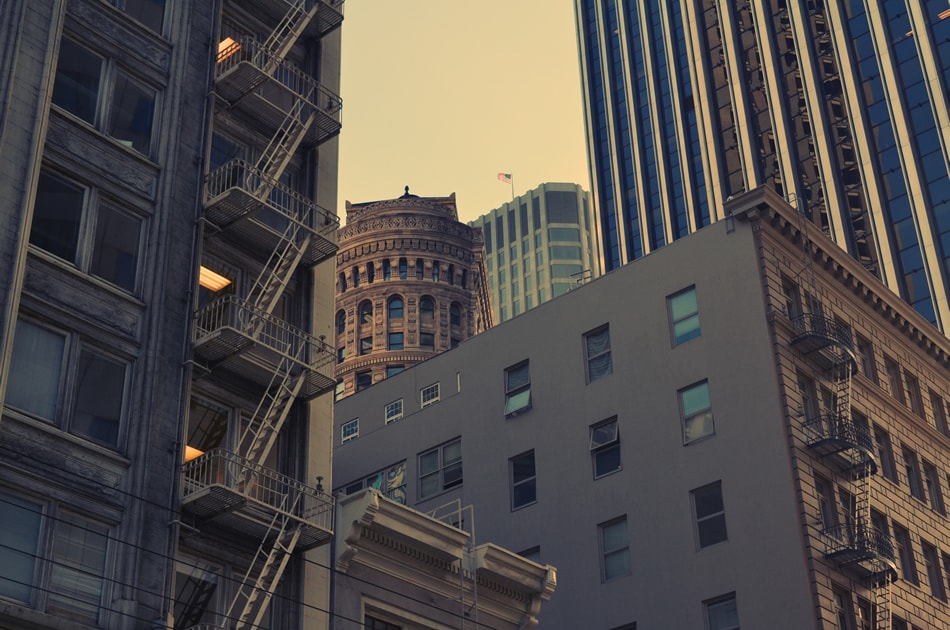
Don’t forget mix the old with the new. Take time to experiment with your angles. One of the best ways to maximize the effect of angles is to use it to mix the old and the new in one photo. Find an angle that beautifully captures an old structure and a new one, so that they (the structures) will be juxtaposed.
Don’t limit your shots outdoors
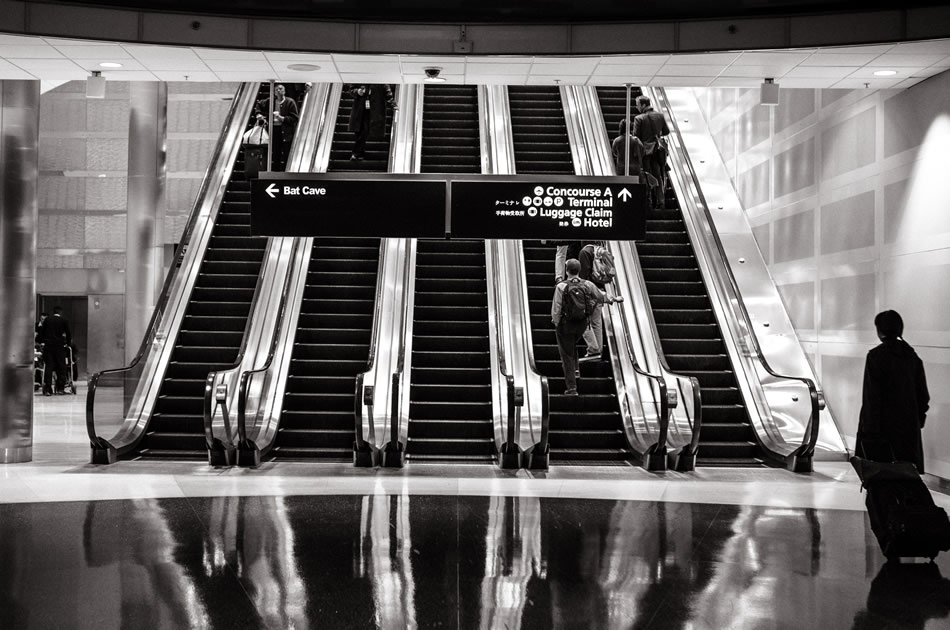
Make sure to shoot scenes with people, too. Go inside one of the big buildings, or churches and monuments, and shoot its stairways or large corridors. Find some people to shoot, too. They can be outdoors or indoors, it’s your choice. You can shoot them at work or while moving around the city. If you want to shoot tall buildings, find an angle that shows people so that the viewer can see just how big the building is. When shooting people who are on-the-move, try the slight motion blur effect by adjusting your shutter speed. Or, you might want to take close ups of people. Before doing so, however, do not forget to ask for their permission to shoot.
Other tips & tricks for better shots include paying attention to where the sun is located; pay attention to the foreground, middle-ground, and background views of the scene; look for interesting patterns and angles when shooting buildings; and do not hesitate to make use of reflections for scenes with glass or mirrors.
No matter how many tips and tricks you follow, if you do not practice, you won’t be able to come up with the photos you want. In photography, as it is in life, practice makes perfect.
